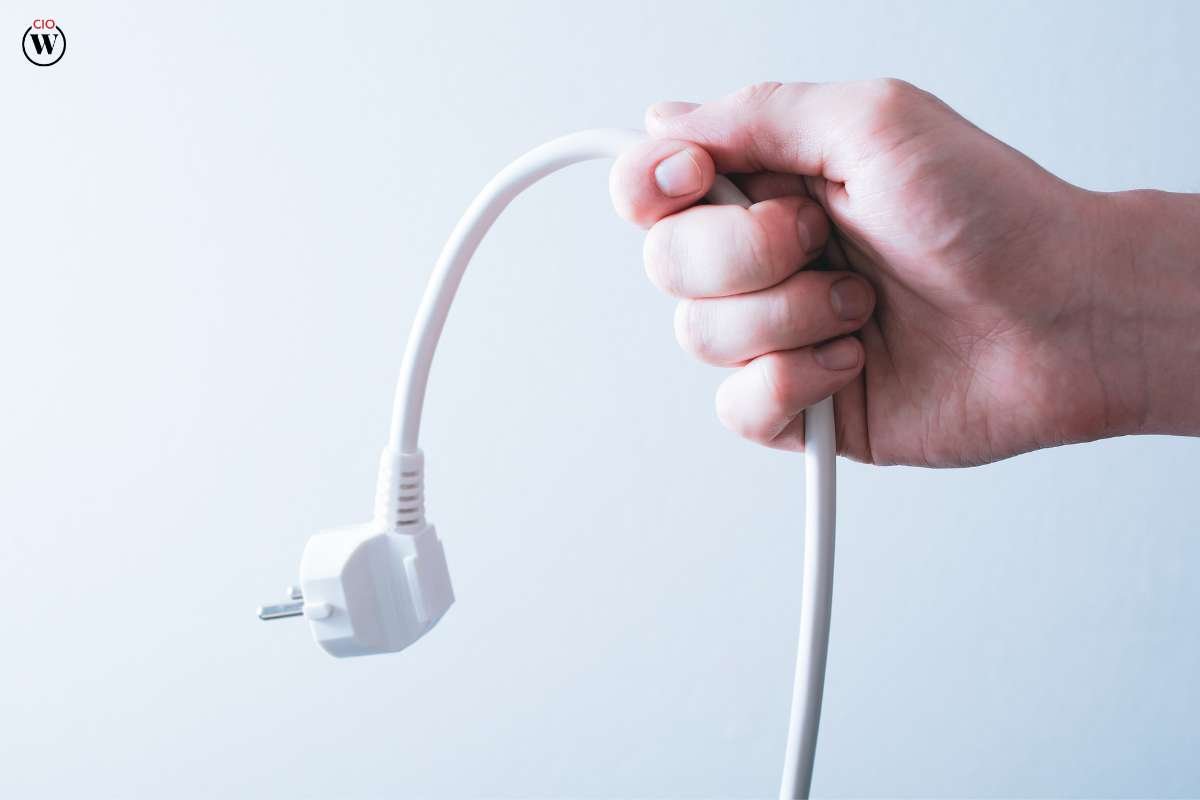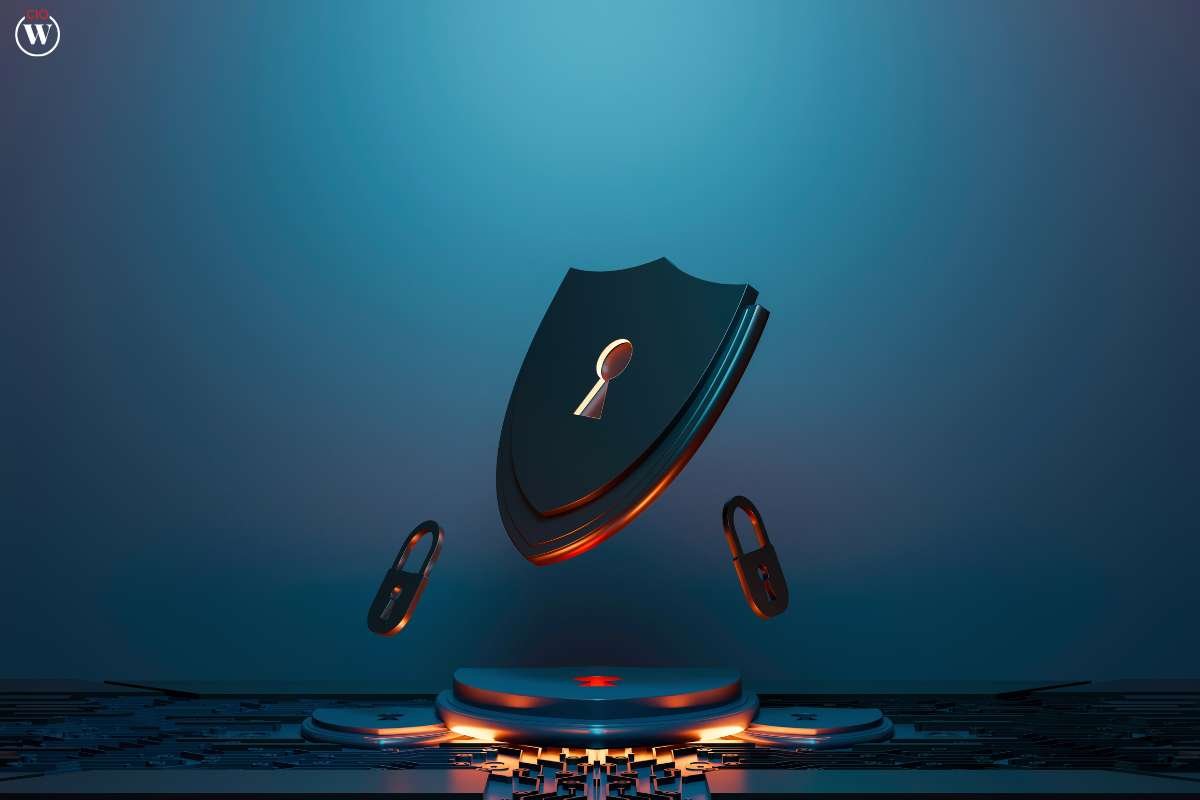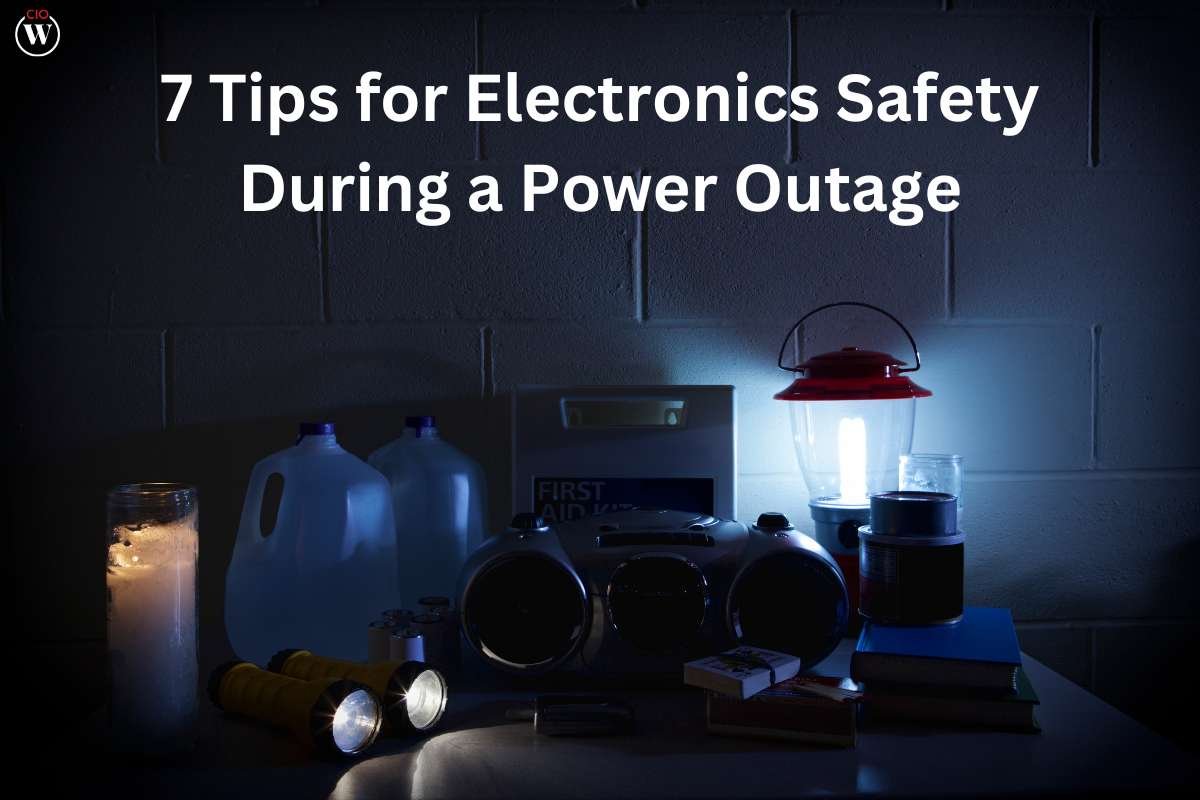Power outage occurs often when you need to use electricity the most. Yes, it is irritating at times. You may have just switched on the laptop charging, switched on the television set, switched on the iron to use it, or any other thing where you need to use electricity. An uninformed power outage spoils the daily routine, causing frustration. External factors like rain, strong wind, and accidents on the road outside the house, cause accidents. The darkness caused due to unscheduled power outage, may invite thefts or some other accidental and unexpected happenings. They may turn into a nightmare. You also need to ensure the electronics safety of the gadgets present in your home.
When it comes to a power cut, it is best to contact your local electricity board to check for how much time the power cut shall prevail. Electronics safety is of utmost importance to ensure all gadgets function smoothly. Common causes if power cuts are trees falling due to heavy rains, storms, strong winds, vehicular accidents, etc.
Here we bring you 7 Tips for Electronics Safety During a Power Outage;
1. Unplug Electronics During Storms

When the skies grow dark and thunder rumbles, the first step towards electronics safety is simple yet crucial—unplug your devices. Lightning strikes and power surges can surge through power lines and damage connected electronics. To be well-prepared in advance will save from any accidents occurring or even from damaging the electronic items. By disconnecting your devices, you prevent potential damage before it even begins.
2. Invest in Surge Protectors
Surge protectors act as guardians for your valuable electronics. These devices detect voltage spikes and divert excess energy away from your devices, saving them from potential damage. Place surge protectors between your devices and the electrical outlets to ensure electronics safety, even during unexpected power surges. Sudden passage of excess electricity to the gadget may destroy the functioning of the gadget.
3. Consider Uninterruptible Power Supplies (UPS)
For electronics that require continuous power, like computers or sensitive medical equipment, a UPS is a wise investment. A UPS provides backup power during outages, giving you precious time to save your work or safely shut down your devices. This is the best thing you can implement. This will help you to either continue working on devices like PCs or save the work and continue working later.
4. Use Ground Fault Circuit Interrupters (GFCIs)

GFCIs are essential components in areas prone to moisture, like kitchens and bathrooms. These devices detect imbalances in electrical currents, shutting off the circuit to prevent shocks. Ensuring your outlets are equipped with GFCIs adds an extra layer of electronics safety, especially during power outages when potential hazards increase.
5. Safeguard Against Voltage Fluctuations
Power outages are often accompanied by voltage fluctuations as the electrical grid stabilizes. These fluctuations can damage sensitive electronics. Using voltage regulators or stabilizers can maintain a steady flow of power, protecting your devices from abrupt voltage changes.
6. Create an Electronics Safety Checklist
Preparing for power outages should be a systematic process. Create a checklist of all electronics in your home and mark which ones need to be unplugged during storms. This simple yet effective strategy minimizes the chances of forgetting a device and ensures comprehensive electronics safety.
7. Backup and Protect Data

Electronics safety isn’t just about hardware—it’s also about your valuable data. Regularly back up your files to external hard drives or cloud storage to prevent data loss during power outages. Safeguarding your data is as crucial as safeguarding your devices.
Protecting Your Home During Bad Weather: Beyond Electronics Safety
While electronics safety is paramount during power outages, protecting your entire home from potential hazards is equally important. Here’s how to safeguard your living space during adverse weather:
- Secure Loose Objects:
Strong winds can turn everyday items into projectiles. Secure outdoor furniture, gardening tools, and other loose objects to prevent them from causing damage during storms.
- Trim Trees and Branches:
Overhanging branches can fall onto power lines or your home during storms. Regularly trim trees and branches to minimize the risk of damage. Trimming the trees will prevent accidents caused due to heavy storms or during rains with lightening.
- Clear Gutters and Drains:
Clogged gutters and drains can lead to flooding and water damage. Regular maintenance ensures proper water flow and minimizes potential risks. Normal water outflow from the drainage leads to no saturation of the water, and maintains cleanliness.
- Check Roof Integrity:
A well-maintained roof is your home’s first line of defense against bad weather. A string roof can help you in unexpected ways. Regular inspections and repairs ensure that your roof can withstand storms and heavy rainfall.
- Emergency Kit Preparedness:
As part of your electronics safety plan, create an emergency kit with essentials like flashlights, batteries, bottled water, and non-perishable food. This kit should be easily accessible in case of power outages or other emergencies.
Conclusion
In conclusion, electronics safety is a multifaceted endeavor that involves both protecting your devices and securing your home. During power outages triggered by bad weather, following these seven essential tips can help you prevent damage to your electronics and maintain a safe living environment. By being proactive and prepared, you can navigate power outages with confidence, ensuring the longevity of your electronic devices and the safety of your home. As a family, people of all ages exist, and we don’t want any of our loved ones to have a mishap due to carelessness on the electricity part.









